A Fable
Once upon a time, a car went through this car wash.
When the bay doors opened, like stable doors, the car
was covered in glue. It wasn’t clean but it gleamed.
Slowly, it rolled out, followed by a puff of steam.
As it checked its reflection in pavement puddles,
suddenly the sky darkened. A hard rain rang down.
The car took fright! It bucked. It jerked forward, then stopped.
The rain was like small birds hurling themselves against
the car with despair, like lovers throwing themselves
into doomed love or over the side of a high bridge.
The car felt the pain of this wild abandon and
headlong joy. Each of its scratches and its patches
of rust throbbed. It was as though a thousand hammers
were beating it into a new shape, transforming
it into a new being. Then, the rain, harder
than hail, halted. The sun shone. The road dust settled.
The car felt its gears engaging while its sharp pains
evaporated, never to return. Where flaws
had been, they were no more seen. A pelt of buttons—
each one different, each one perfect, like crystals—
covered the bones of the car like new armature.
One of a kind now—like a scarred warrior or
a queen hung with jewels and insignia of power—
this car could never move through the world without
being seen, being marveled at. Ordinary
days were over. Even in its darkened garage,
at midnight, its engine quite quiet, still the shining car
glowed with beauty. Thrummed, awash in a tide of love.
Leslie Schultz
Check out other participants in the NaPoWriMo Challenge!


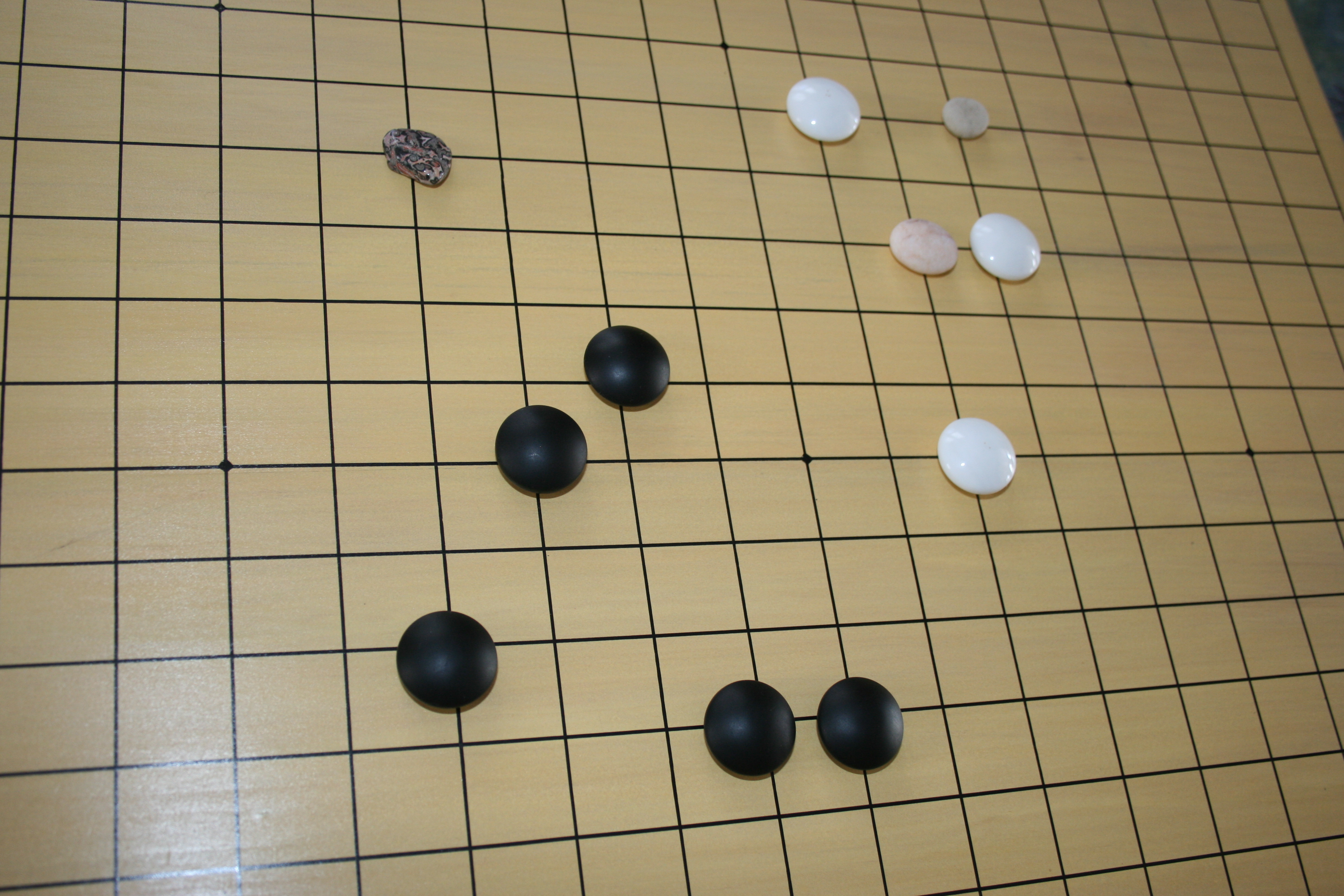
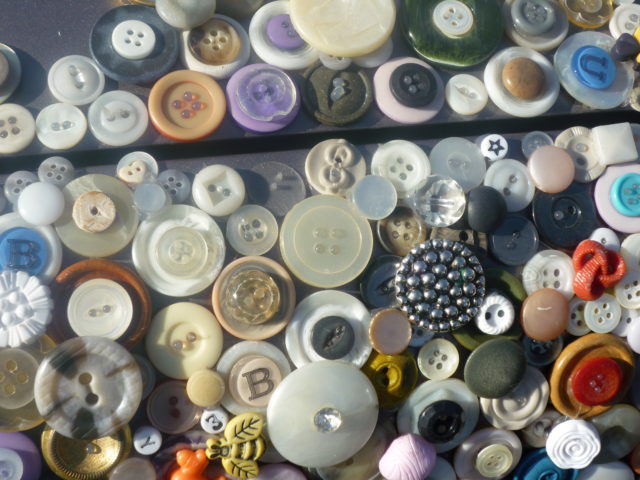
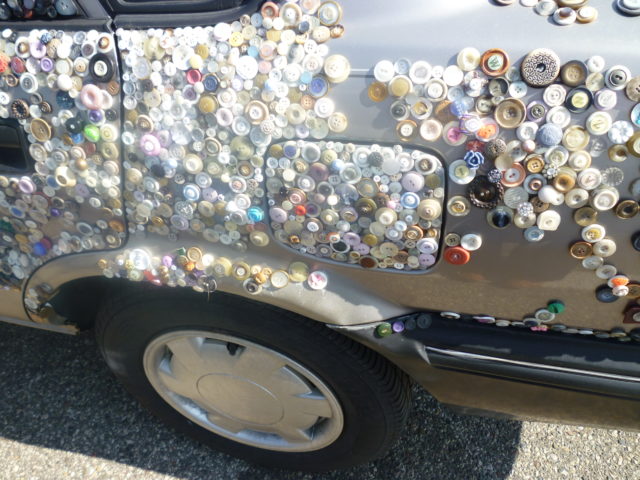
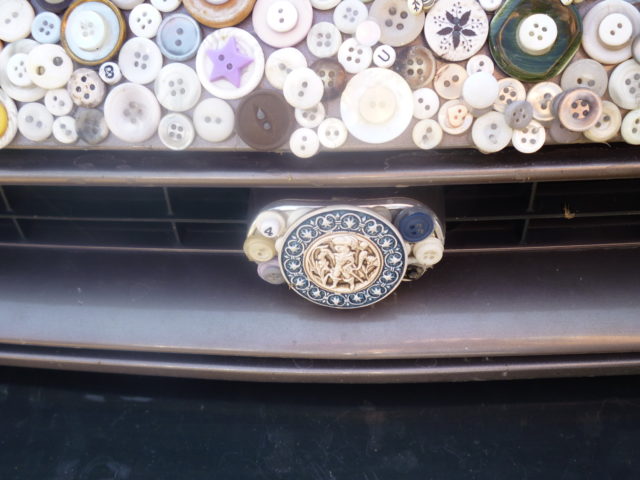
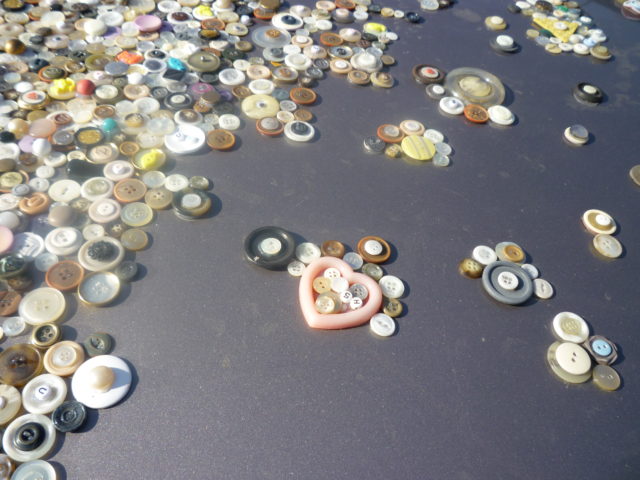
Oh my, I love this poem. I love buttons – have a pile or rather piles of them collected here and there in my house. I once befriended a woman who wrote by the light of a button lamp. How I still want a button lamp.
I’d never thought of a button car. Now, I love that idea as well! Wonderfully imaginative and a great story!
Wow. How interesting and fun.
Yes, Gogol would have loved the Button Car and the nursery rhyme, which is wonderful.
The idea of wanting to stand out and to be normal at the same time seems very relevant and intriguing to me right now. I have been teaching Chekhov, who wanted to hide behind his multiple pseudonyms (some pf them sparkle like the Button Car) and humor, but who also wanted to observe others and to know what people think about him…
I am so glad you like it! I don’t often write in hexameters but this poem needed something closer to prose than my first drafts (without being prose).
My first stabs were akin to nursery rhyme, reminiscent of the song “The Muffin Man” —
“Oh, have you seen the Button Car?
The Button Car, the Button Car?
Oh have you seen the Button Car,
Parked down on Bridge Square?”
I have been spotting and snapping photos of the Button Car for some years. I don’t know whose car it is, but it makes me happy when I do see it. I have many other photos of it that I could not find today. One has a dog occupying the front seat! The car is a conundrum to me, a puzzle. I started to wonder how the car might feel to be encrusted with buttons, a work in progress, a singularity. As I began the poem, I was thinking of how many of us (including me) want to stand out and be admired but also want to fit in and be “normal” (whatever that is, I don’t know.) That double desire emerged in the form of the poem in the two-line stanzas, and then, seeing that our greatest desire of all is to be authentic, to be shaped by all our experiences (painful and otherwise and to own that) to be ourselves fully–that led to having the two-line stanzas that make up the body of the poem becoming enclosed, shell-like, in single lines. As to the tone, slightly surreal, I have been influenced by Gogol–the short stories of “The Overcoat” and “The Nose” in particular–but the tone is more uplifted perhaps than Gogol. (Would you, Julia, who introduced me to Gogol, agree about that connection?) I should add, in the way of the Ancient Mariner, that I always have in the back of my mind the button jar I had for many years from the home of by Great-Grandmother Kate Schultz (the family artist), and also Ted Kooser’s magnificent poem “A Jar of Buttons” which has a surreal image, liking the homely jar to “a core sample/from the Sea of Mending….”
What a beauty! I love it – the rhythm is perfect, and I had to read it aloud. What were your inspirations?